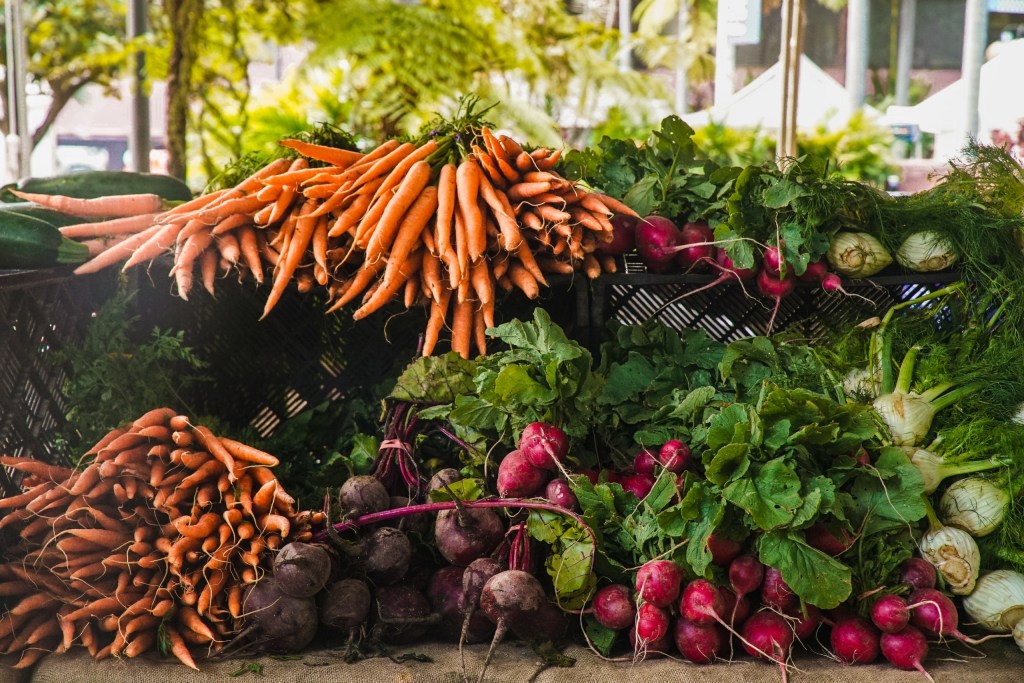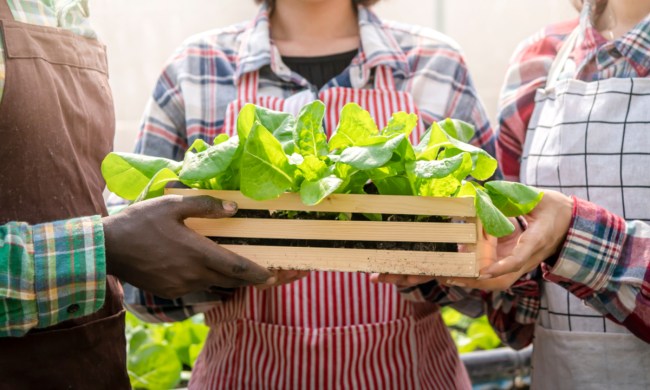There are a great many benefits to having your own indoor greenhouse. That’s true regardless of whether you want to pick some arugula for a salad, grab a bay leaf to toss into your spaghetti’s Bolognese sauce, or just like the idea of having space where you can grow flowers and vegetables throughout the year.
If you’ve got the desire to green-thumb it up but live in an urban or suburban space without access to a backyard (and again, you want the ability to grow plants year-round) then a homemade indoor greenhouse is literally right up your alley. Read on to learn how to make an indoor greenhouse that’s sure to provide you with the same pleasures you’d enjoy in a standard greenhouse or a backyard garden.

Decide what you’ll need
If you’re familiar with gardening in general or you’ve grown things in a standard greenhouse, then you already know you’ll need things like planting soil, planting trays and lids, and seeds. You may also decide that you’ll want to invest in a grow light, a timer, shelves, and perhaps material to build a dedicated enclosure.
Remember to consider the types of plants you want in your indoor greenhouse since this will determine many of the supplies you’ll need to purchase in advance. The overall purpose of your indoor greenhouse should also come into play here — considering if you want a greenhouse so you can learn how to grow new and different plants, cultivate vegetables, or something else entirely should play a vital role in making your purchasing decisions.
Where to put your indoor greenhouse
Ideally, you ought to place your little greenhouse in a place where the plants can benefit from plenty of sunlight. For example, you could put it next to a patio door or a window that faces south.
As noted above, you might want to invest in a grow light and use that if placing your indoor greenhouse next to a window or patio isn’t a good option. A grow light is an excellent supplemental light; however, bear in mind that it isn’t a great substitute for real sunlight. Also, pick a place that’s going to be both warm and humid. Of course, when choosing where you’ll put it you must think about the overall size of your indoor greenhouse, too.
Some other things you’ll want to consider are the following:
- Remember that north-facing windows and patio doors don’t get a lot of sunlight. It’s therefore not the best idea to place your greenhouse next to them.
- Do you have pets? Both cats and dogs can be curious about your plants. Cats in particular might take bites out of your plants or jump in and around them, knocking them over. In that case, you’ll want to ensure that you have some kind of covering or enclosed space to protect your plants from your pets.
- How tall are your plants likely to grow? Remember that certain plants will definitely take up more space than others. Others will also need bigger, deeper containers, and these, too, take up space.

Great plants for an indoor greenhouse
As stated before, knowing what kind of plants you want to grow in your indoor greenhouse will allow you to plan for the materials you’ll need to purchase when setting everything up.
Here are some plants you may want to choose.
Flowers
When growing flowers in an indoor greenhouse, you’ll just need to keep in mind that each plant needs enough space. You might even find that growing orchids isn’t too hard. Other types of flowers that grow well in indoor greenhouses are:
- Roses
- Chrysanthemums
- Hostas
- Marigolds
- Peace lilies
- Fuchsias
Fruits
Remember that many fruits grow on trees. These probably are not the best bet for an indoor greenhouse. On the other hand, small fruits and berries that grow on shrubs can be great for the small space you’ve set up. For example, you might think about growing:
- Strawberries
- Grapes
- Mulberries
- Dwarf orange plants
- Blueberries
- Thornless blackberries
Vegetables
Many people prefer to use their indoor greenhouse to grow vegetables. In today’s world, when buying organic can be expensive, and anything else is covered in herbicides and pesticides … well, you can see the benefit of growing your own veggies. Some that do well in an indoor greenhouse are:
- Tomatoes
- Avocados
- Carrots
- Hot peppers
- Radishes
- Spinach
Common materials
Some of the more common materials used to make indoor greenhouses are the following:
For the frame
- Galvanized steel
- PVC pipe
- Wood
For the covering
- Fiberglass
- Glass
To regulate temperature and humidity
- Thermometer
- Hygrometer
- Fan
- Heater
- A watering system
Remember that making an indoor greenhouse can be as expensive as you want, or it can be built with frugality in mind. At the end of the day, you have to create a space that works for you and the plants you want to grow. Once those elements are in place, you’ll have a green space you can be proud of!


